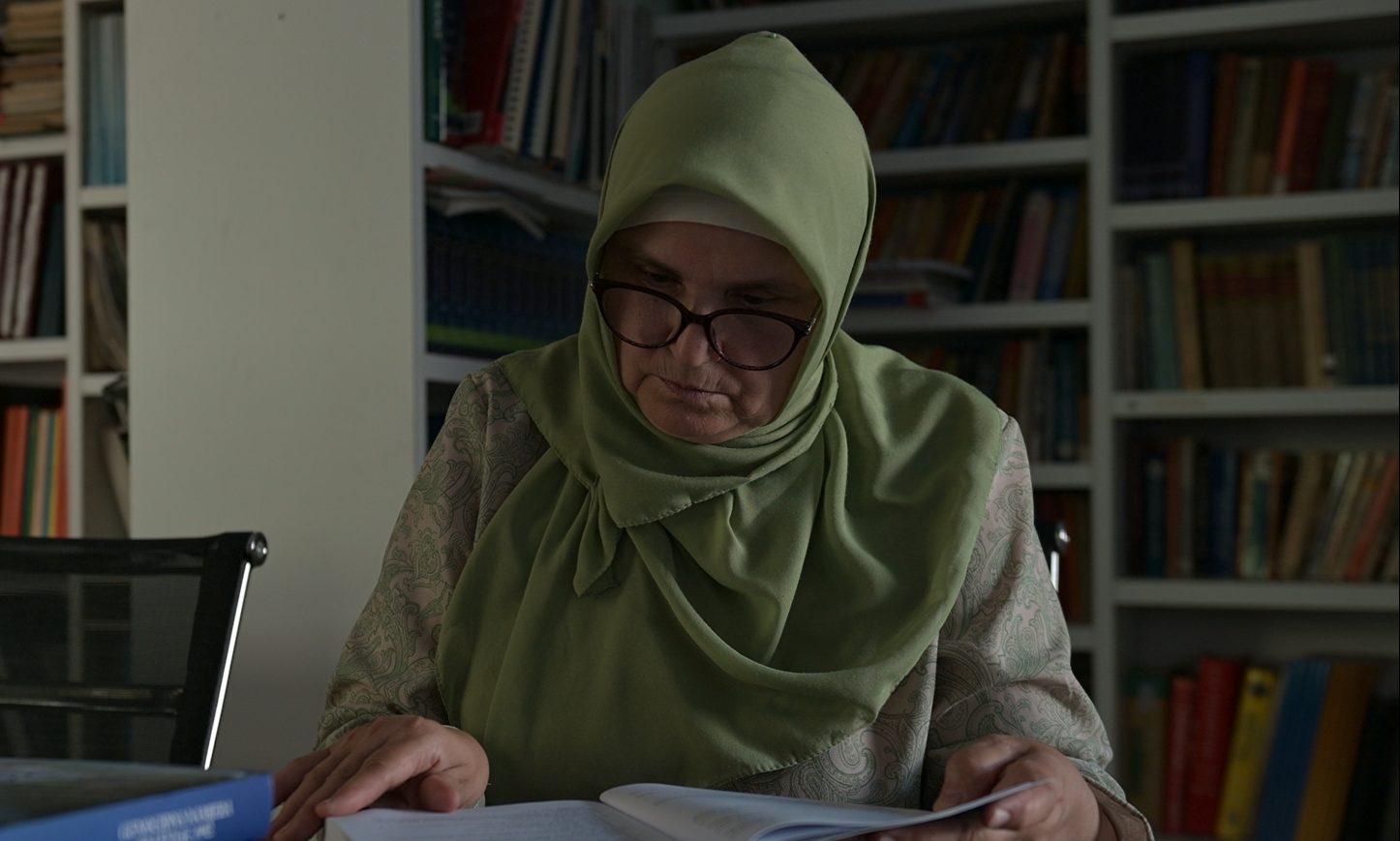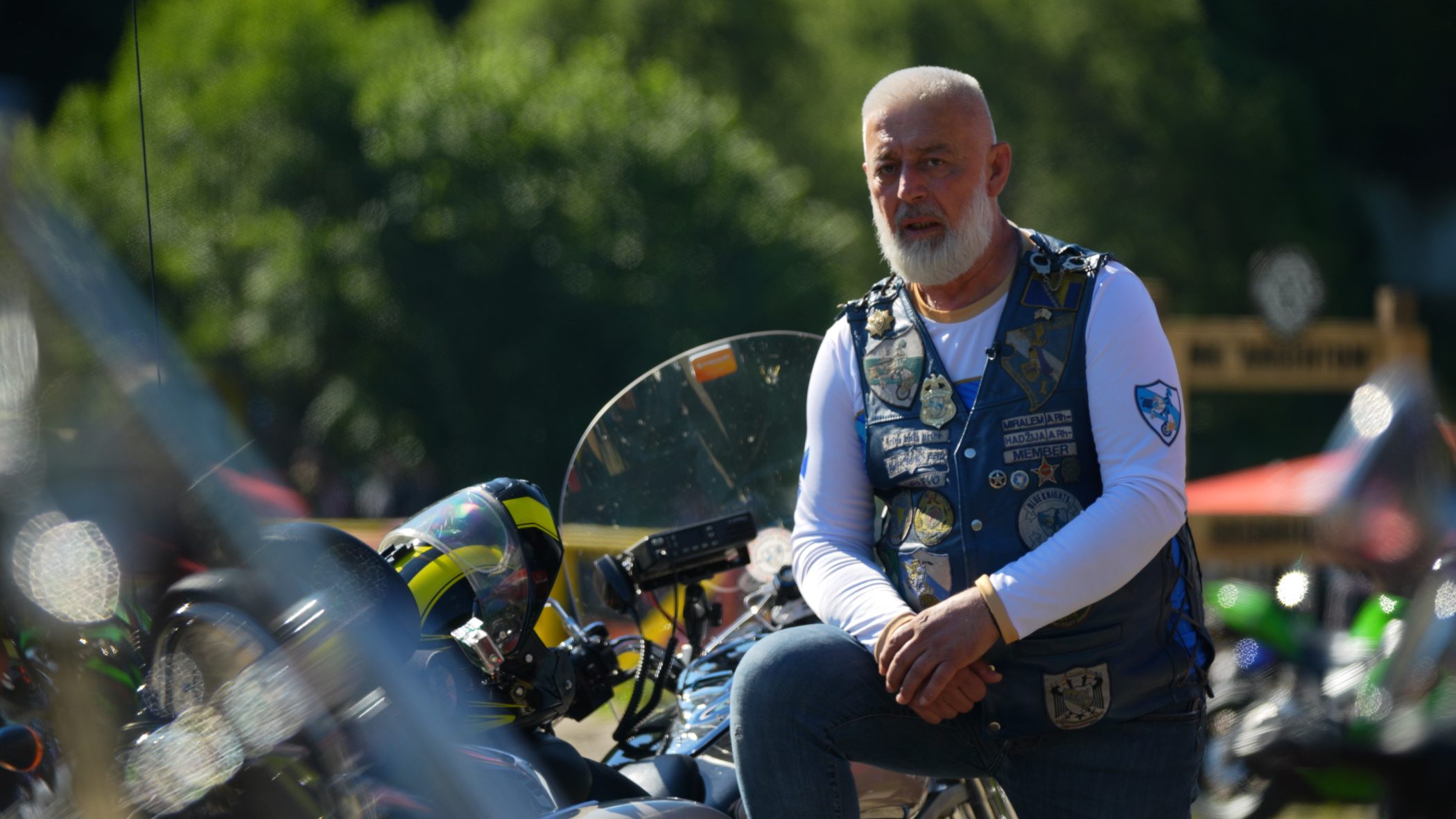This post is also available in: Bosnian
At first sight, the village of Ahmici, near Vitez in the Lasva Valley in central Bosnia, doesn’t show any signs that a terrible crime was committed here 30 years ago.
The houses in the village have been renovated since the war, and a memorial board inscribed with the names of the dead is the first visible reminder of the murders of 116 civilians who were killed here on April 16, 1993 by the Croatian Defence Council, HVO, the Bosnian Croat wartime force.
Ahmici resident Hazrudin Bilic is aggrieved that none of his Croat neighbours have expressed sympathy for what happened that day. “Not one,” he said. “It bothers me now, 30 years later.”
On the same day, almost 100 kilometres away in the village of Trusina, near Konjic, Bosnian Army troops killed 15 civilians and seven Croat soldiers who had surrendered. In Trusina, most of the Croats’ former houses no longer exist.
“The entire area was destroyed,” said Bosiljka Mijic, who lost her parents on that day and no longer lives in the village.
‘It can never be erased from memory’
 Huso Ahmic in front of the memorial to the victims in Ahmici. Photo: BIRN BiH.
Huso Ahmic in front of the memorial to the victims in Ahmici. Photo: BIRN BiH.
Huso Ahmic’s parents were also killed on April 16, 1993, and their bodies were then burned inside their family home in Ahmici.
“Many years have passed, but the memories are fresh. When I close my eyes, I see the path I took to get to the house that morning and it can never be erased from memory,” he said while showing the names of his parents Dzemal and Rasma, as well as other family members, on the village memorial board.
That morning, Ahmic was in the upper part of the village, from where he could see the houses being set on fire. In the evening, he said local residents started to leave the village, so he sent his wife and children towards the woods so they could escape towards the city of Zenica.
The plan was to evacuate his elderly and infirm parents in the morning. However, by that time, it was too dangerous to approach the house.
He found out what happened to them in the days that followed while watching videos in Zenica made by UN Protection Force, UNPROFOR soldiers who had entered Ahmici after the massacre by HVO fighters.
He recognised his house on the videos and could not believe what had happened. “You’re watching and telling yourself it’s not possible that you’ve lived to experience losing your parents in such a way,” Ahmic said.
He said he learned that his parents were killed on the staircase and the house was then set on fire.
“And then, around ten days after that, Bob Stewart, commander of the UNPROFOR brigade in Vitez, entered this house with his soldiers and they carried out seven corpses out of this lower part ,” he said.
‘I recoiled with horror’
 British Army officer Bob Stewart at the Ahmici memorial in 2018. Photo courtesy of N1.
British Army officer Bob Stewart at the Ahmici memorial in 2018. Photo courtesy of N1.
Bob Stewart, who was the commander of British UN forces in Bosnia and Herzegovina in 1993, spoke to BIRN by telephone a few days before heading to Ahmici together with 50 to 60 soldiers to mark the 30th anniversary of the village massacre.
Stewart recalled how, on April 22, 1993, he met Bosnian Army soldiers while on patrol on the hills in between Vitez and Zenica and was told that women and children had been killed in Ahmici.
After they showed him the village’s location on a map, Stewart and his soldiers headed to Ahmici, where the first thing he noticed was that the minaret of the mosque had been toppled. He said he ordered his soldiers to check what had happened and went through the village where most houses had been destroyed and roofs had collapsed.
His soldiers informed him that a body of a boy was in front of one of the houses.
“It was worse around the back in the cellar. A whole family, what looked like two women, several children had been murdered and burned,” Stewart said.
“I was horrified, absolutely horrified. And we discovered that most of the village have been trashed. We didn’t know how many people had been killed, but I then decided that I had to make sure that people knew about it.”
Stewart called a press conference and “told the world that this had happened”, naming the Croat units he said were responsible for the crimes.
He said it was horrifying that so many people had been killed, and that they were mostly women and children. He recalls his soldiers digging a grave in Vitez in which they had to put over a hundred bodies.
He was deeply horrified by something else he saw in Ahmici – a black ball about the size of a tennis ball that was found in one of the burned-out houses.
“When I picked it up, I recoiled with horror – it was actually the head of a child that had been blackened by fire,” he said.
Stewart also said that he believes that his interpreter, Dobrila Kalaba, a Serb who was 29 at the time, was killed by a sniper’s bullet that he assumed came from Croat units’ positions because she was translating for him the day they discovered the massacre.
He added that he is grateful that there is now a memorial to Kalaba in Ahmici.
Several people have been jailed for the killings in Ahmici. The International Criminal Tribunal for the Former Yugoslavia, ICTY, sentenced HVO military commander Dario Kordic to 25 years in prison for crimes in central Bosnia, including the Ahmici massacre.
The ICTY also sentenced HVO fighter Miroslav Bralo to 20 years in prison, Vladimir Santic to 18 years and Drago Josipovic to 12 years, while the Bosnian state court sentenced Pasko Ljubicic to ten years for the Ahmici massacre.
‘Killed in front of their families’
 Dragica Tomic in front of the memorial to the victims of the 1993 Trusina killings. Photo: BIRN BiH
Dragica Tomic in front of the memorial to the victims of the 1993 Trusina killings. Photo: BIRN BiH
In the village of Trusina, next to the monument to the Croat civilians and HVO fighters who were killed by troops from the Bosniak-led Bosnian Army on April 16, 1993, Dragica Tomic was praying.
The houses around the memorial have collapsed, while the Croat residents of the village have all abandoned it for other towns in the Herzegovina region, or have left the country altogether.
Tomic pointed towards her house on a hill in the neighbouring village of Sultici, from where she said she heard screams and cries in the early morning of April 16.
“Civilians were at homes and soldiers were at their posts. They captured entire families and then forced them to surrender,” she said.
She explained that the Bosnian Army soldiers used people’s children and wives as hostages to force the adults to surrender and give up any weapons they had.
“They had to surrender and they did so and they handed in their weapons and later they were killed in front of their families,” Tomic said.
Bosiljka Mijic said that her parents Ilija and Andja Ivankovic were killed in Trusina on that day. She saw them for the last time several days before the massacre.
In the days that followed, no one wanted to tell her what had happened to her parents; she only heard that “a great evil happened in Trusina”. Mijic found out eventually that her parents had been killed and sister captured, but later freed under a prisoner exchange.
“She passed by the house where our father and mother were killed and she carried into the house so they would not be torn apart by animals,” said Mijic.
She said that he had never expected anything such deadly violence to happen, as the local Croats had good relations with their Bosniak neighbours.
“We had lived together for years, we had attended school together and we had worked together and so on,” Mijic said.
“We did not think about leaving and we had no fears that something would happen because of our neighbours,” she added.
The Bosnian state court convicted various Bosnian Army officers and soldiers of involvement in the Trusina killings. Nihad Bojadzic was sentenced to 15 years in prison, Edin Dzeko to 13 years, Nedzad Hodzic to 12 years, Mensur Memic to ten years and Rasema Handanovic to five-and-a-half years
Next to the memorial to those who were killed in Trusina, there are remains of the house belonging to Kreso family, in front of which there is a monument to Smiljko Kreso, who Tomic said was killed in front of his family. His grave lies empty.
“His bones have never been found and he has not been buried. It is assumed that he was set on fire inside the house. His remains are still missing, but everyone is silent about it, it’s not known for sure,” she said.
On the eve of the 30th anniversary of the Ahmici and Trusina crimes, villagers who survived the violence said they still don’t understand why it had to happen.
“Even today, I feel a burden that I cannot erase, I cannot remove, I cannot change… I feel injustice because this was done with no reason, because this was done to someone who had no idea they were guilty, they had no idea, they had not done anything wrong,” Huso Ahmic said.
“Thirty years have passed since the crime in Trusina, since the crime in Ahmici, and my message, the message of all good people, is that such a crime should never happen again,” Dragica Tomic said. “Anywhere in the world.”



